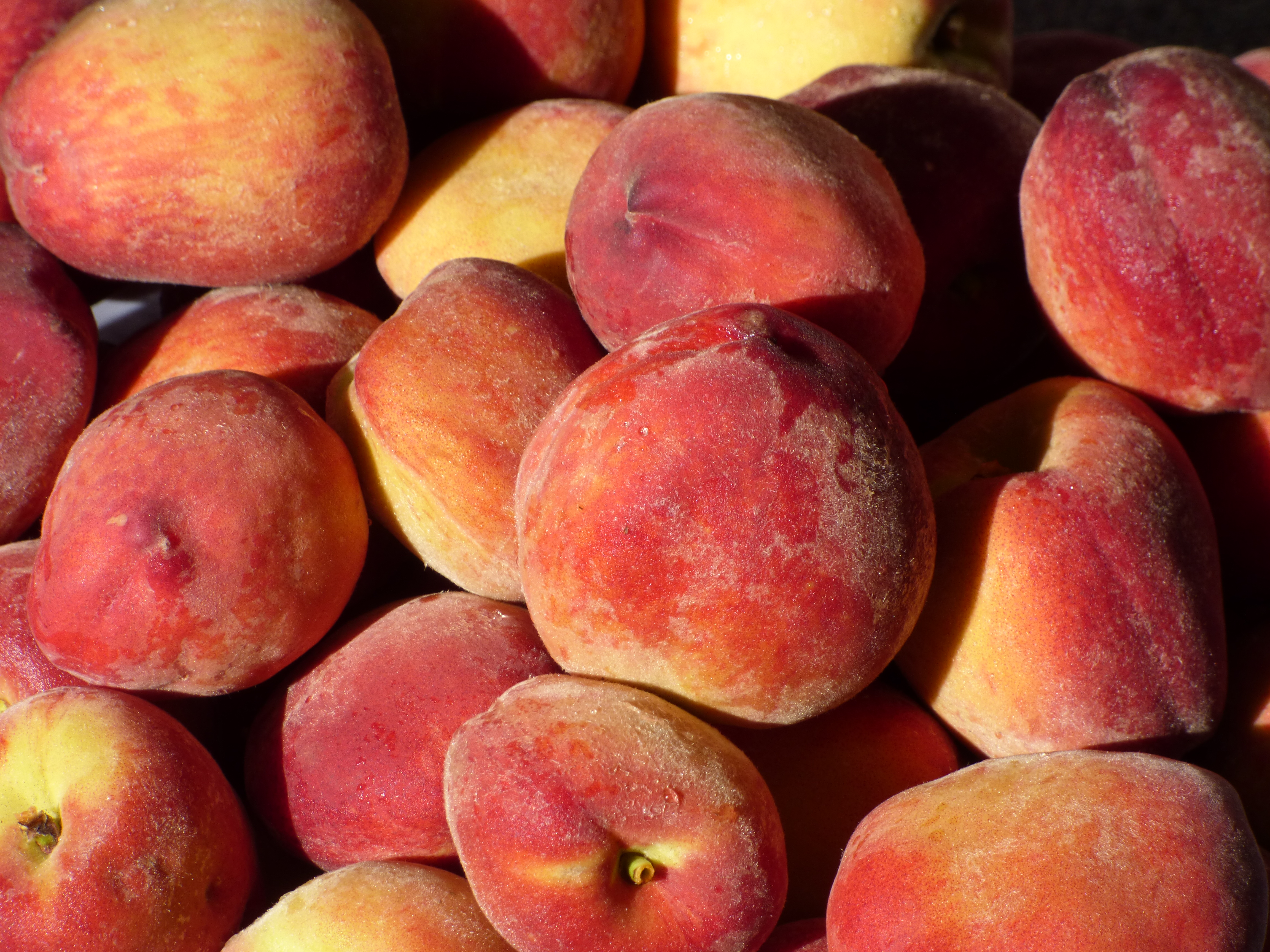Farming and ranching are ventures fraught with pitfalls, and Florida has its fair share of difficulties and hardships. Considering factors such as fickle weather that can be hot as a furnace, dry as a bone, wet as a fish or downright dangerous, and Florida’s host of pathogens and pests, being in agriculture in Florida is hard. Case in point is the scourge of Citrus Greening. Due to the HLB bacteria, Citrus Greening has been slowly decimating the Florida citrus industry since it’s detection 10 years ago.
The latest USDA forecast of the 2015-2016 citrus harvest didn’t decrease further from the December numbers, but those predictions were low enough. At only 69 million boxes, it’s 71 percent lower than the highest year of production in citrus industry history. Researchers in universities and labs across the country are looking for a treatment or a cure, and chances are likely they’ll find something to salvage the billion-dollar citrus industry in Florida.
However, a lot of damage has already been done. In the citrus industry, the mentality is that the recovery efforts undertake between that inevitable cure or treatment and getting back to production as normal will be quite extensive. Many producers will need alternatives to get through the tough roads ahead. Below are a few options
-Blueberries. This antioxidant powerhouse of a berry already has a good market in Florida. Listen to UF professor James Olmsted describing the latest released varieties here.
-Strawberries. Almost as popular in the Sunshine State as citrus, Florida strawberries are popular everywhere. A UF/IFAS study showed that strawberry growers could increase profitability by harvesting in November and December. Read it here.
-Peaches. As an additional tree crop, peaches are another tree fruit that is making inroads in Florida agriculture. Researchers maintain peaches can be profitable by their third year. See it here.
-Avocados. Avocados are a popular produce item that will only grow in warm climates. Many growers operate in south Florida.
-Other Produce. There are many other fruits and vegetables that will grow well in Florida’s warm climate. Tropical fruits like pomegranates are just one option. Read about them here.
-Agritourism. Giving folks something to do or a venue to visit, from offering beautiful wedding settings to farm-to-table restaurants to corn mazes and the like, is a major new sector in agriculture. Across the country, agritourism is a way that many in the ag industry are making some extra income.


